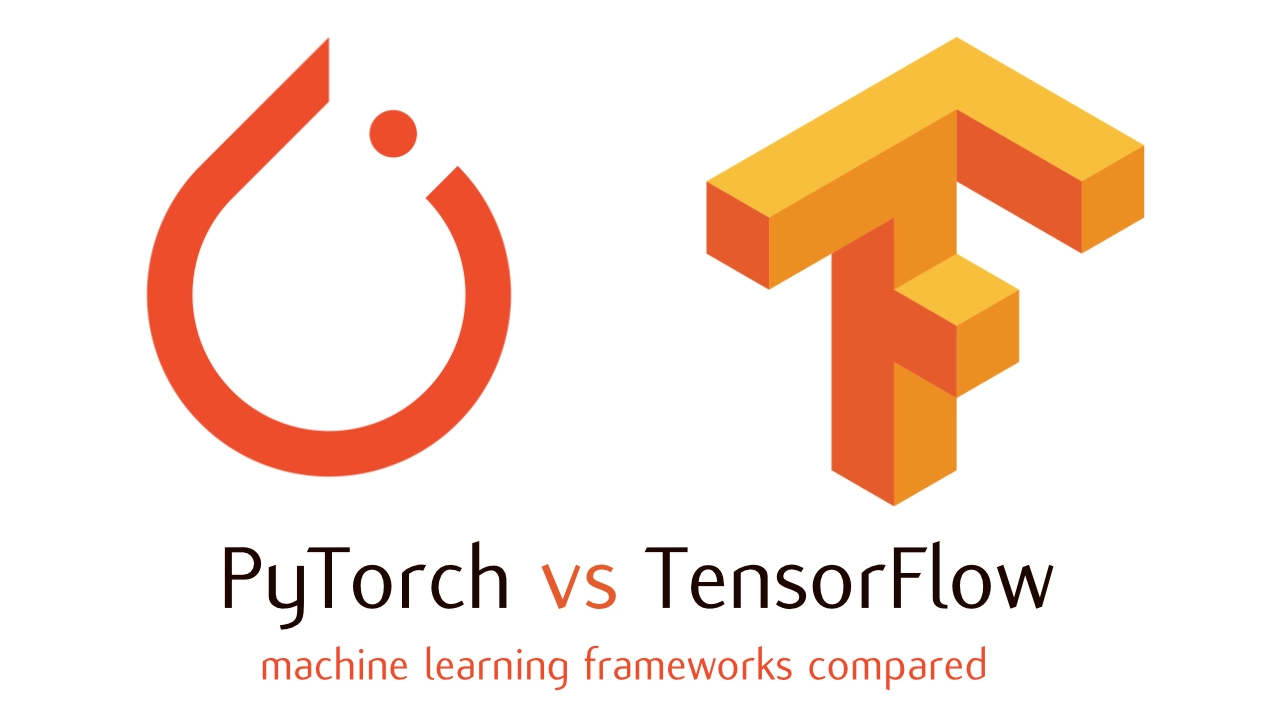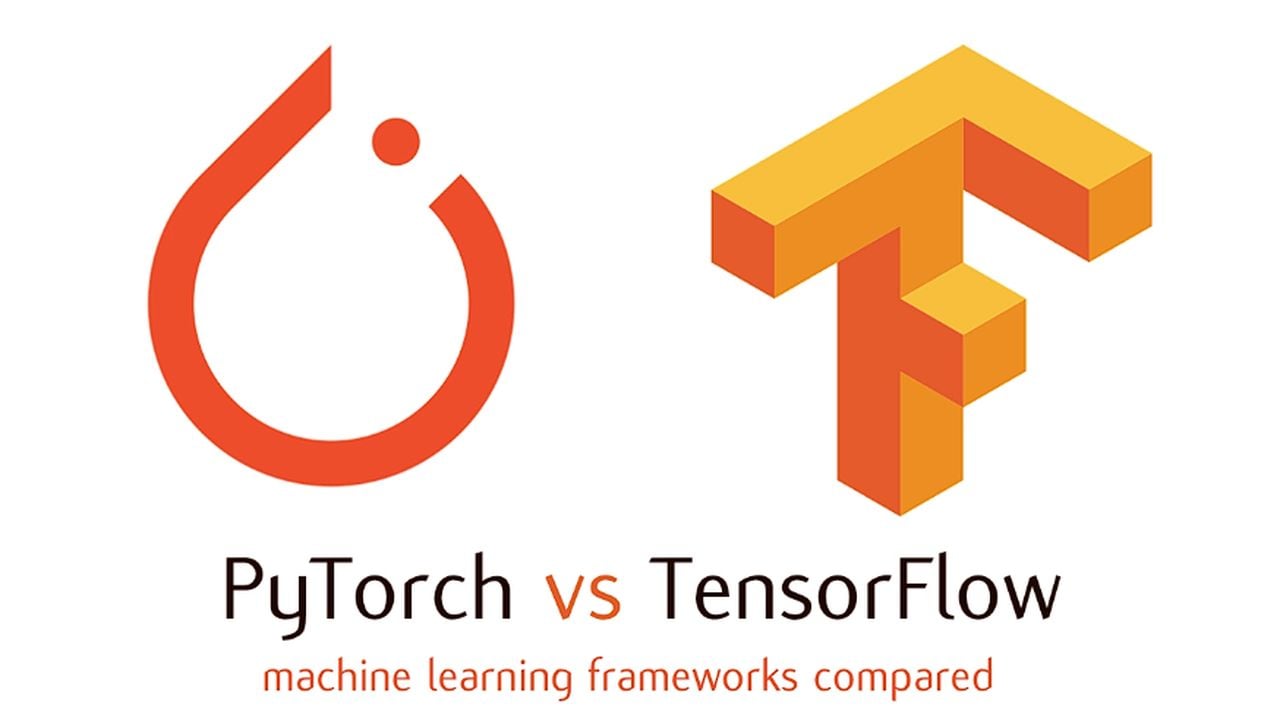
In the dynamic world of machine learning, two heavyweight frameworks often dominate the conversation: PyTorch and TensorFlow. These frameworks are more than just a means to create sophisticated algorithms; they form the bedrock upon which today’s artificial intelligence is built. This PyTorch vs TensorFlow guide will provide more insight into both but each offers a powerful platform for designing and deploying machine learning models. Although they come with their unique flavors and strengths. Whether you’re a researcher eager to push the boundaries of AI, or a developer looking to enhance your application with intelligent features, understanding the nuances of these tools is essential.
TensorFlow, an open-source library developed by Google, has established itself as a powerhouse in the machine learning community. Its adaptability is showcased by TensorFlow Lite and TensorFlow Serving, essential tools for deploying machine learning models, particularly on mobile and IoT devices. These tools demonstrate TensorFlow’s versatility, catering to a wide range of deployment scenarios from the cloud to the edge.
Similarly, PyTorch, known for its simplicity and ease of use, offers a robust ecosystem. With tools like TorchServe and PyTorch Lite and PyTorch Edge, it simplifies the model deployment process. PyTorch’s user-friendly environment does not end with development; these deployment tools integrate seamlessly into the workflow, thus reinforcing PyTorch’s efficiency.
PyTorch vs TensorFlow
TensorFlow:
- Developed by Google.
- Strong in production capabilities and scalability.
- Extensive API offerings.
PyTorch:
- Developed by Meta’s AI Research lab.
- Favored for flexibility and intuitive design.
- Preferred for research and academic applications.
TensorFlow
TensorFlow, developed by Google, is renowned for its robust production environments and scalable machine learning tasks. Here’s a brief breakdown to enhance your experience:
- Scalability: Handles large datasets and models with ease.
- Serving Models: Offers TensorFlow Serving for efficient deployment of models.
- Extended Ecosystem: Includes TensorFlow Lite for mobile, TensorFlow.js for browser-based applications, and more.
In case you’re curious how TensorFlow’s graph execution works, it allows for optimizing computations and provides a clear overview of operations and dependencies.
PyTorch
On the other side, PyTorch, emanating from Meta’s AI Research lab and now part of the Linux Foundation, is celebrated for its dynamic computation graphs and user-friendly interface. Key highlights include:
- Dynamic Computation Graphs: Offers flexibility in changing graphs on the fly.
- Ease of Use: Intuitive and straightforward for building models.
- Research Friendly: Provides a fertile ground for experimental projects and quick prototyping.
Areas of comparison
Let’s delve into a more detailed analysis:
- Ease of Use
- PyTorch often shines with its simple syntax and approachable learning curve.
- TensorFlow has improved with its eager execution mode, making it more accessible for newcomers.
- Performance
- TensorFlow is optimized for performance with its static graph definition.
- PyTorch has made strides in catching up, particularly with its TorchScript for optimizing models.
- Community and Support
- TensorFlow boasts a vast community, extensive resources, and commercial support.
- PyTorch has a rapidly growing community, especially in the research sector, and is gaining on TensorFlow.
- Debugging
- PyTorch allows for straightforward debugging using standard Python tools.
- TensorFlow’s graph-based structure can complicate debugging, but tools like TensorFlow Debugger aid in the process.
The right choice for your project
To enhance your experience in choosing the right framework, consider the following:
- Project Stage: TensorFlow is often the go-to for production stages, while PyTorch is a favorite for research phases.
- Model Complexity: For highly complex models that require intense computation, TensorFlow’s graph-based approach can be beneficial.
- Community Resources: TensorFlow’s larger ecosystem might provide more pre-trained models and tools that can simplify your work.
Here are some takeaways to remember:
- TensorFlow is your ally for scalability and production.
- PyTorch is your friend for research flexibility and ease of use.
- The choice depends on your project needs, expertise, and long-term goals.
The Rise of JAX
JAX is a newer entrant into the numerical computing space, backed by Google, and is quickly gaining traction in the deep learning community. It offers an efficient environment for numerical computations, automatic differentiation, and GPU/TPU support. Its functional computing approach is resonating with researchers and developers alike, making it a potential future powerhouse in deep learning.
Reinforcement Learning and Deep Learning
TensorFlow’s capabilities in reinforcement learning are worth noting, particularly its ability to facilitate complex, state-of-the-art algorithms in this domain. Conversely, PyTorch is frequently lauded for its dynamic computational graph and user-friendly interface, which make it an excellent tool for those looking to grasp the fundamentals of deep learning.
Repositories, Platforms, and Tools
The wealth of resources available to users of TensorFlow and PyTorch is staggering. TensorFlow Hub and Model Garden provide repositories of pre-trained models and source code, which can dramatically accelerate development and research. TFX offers a comprehensive end-to-end platform for deploying production models.
In the realm of machine learning frameworks, there’s no one-size-fits-all solution. PyTorch and TensorFlow offer distinct advantages that cater to different aspects of the machine learning workflow. Simply follow these insights to make an informed decision that aligns with your project requirements and aspirations. As you embark on your journey with these tools, remember that the field is ever-evolving, and staying updated with the latest advancements will undoubtedly enhance your experience and success. Other articles you may find of interest on the subject of machine learning :
Filed Under: Guides, Top News
Latest timeswonderful Deals
Disclosure: Some of our articles include affiliate links. If you buy something through one of these links, timeswonderful may earn an affiliate commission. Learn about our Disclosure Policy.

